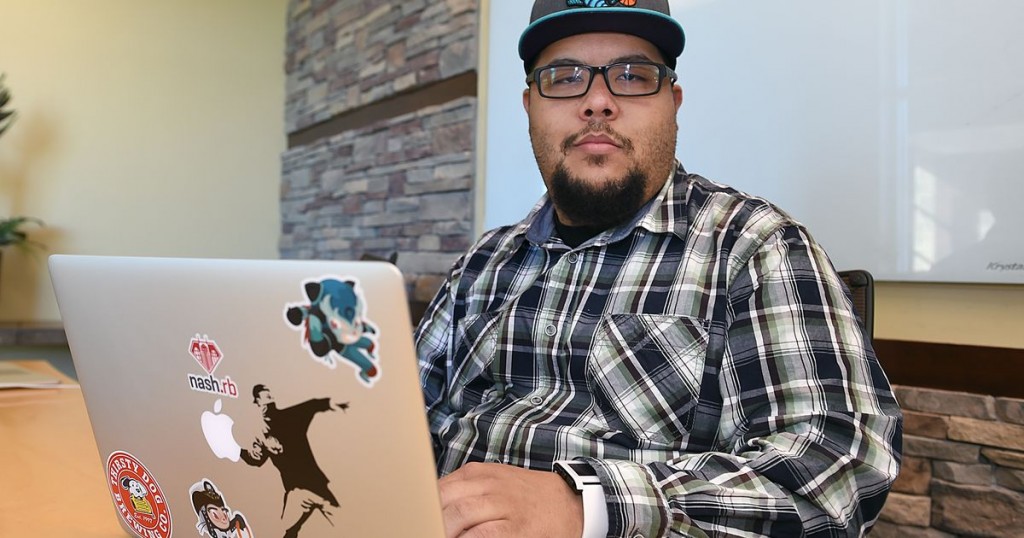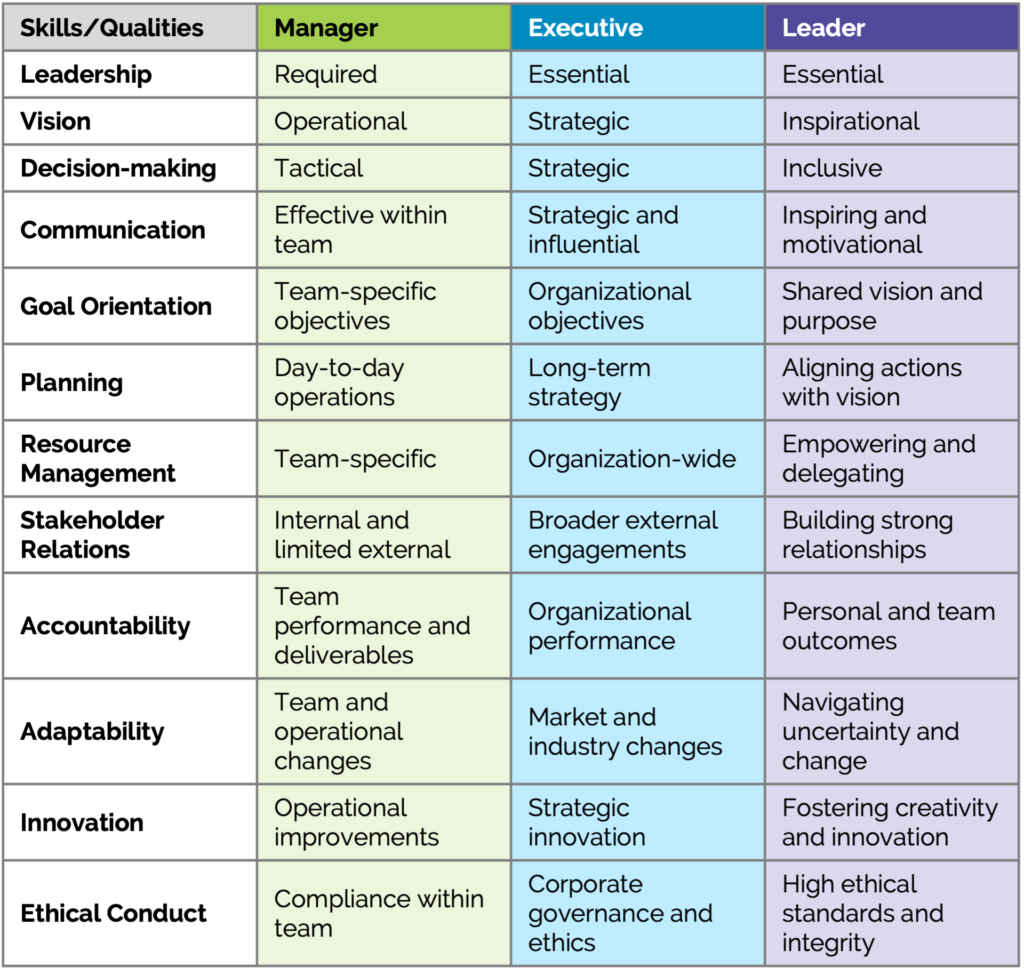
GUEST POST from Janet Sernack
It’s been thirty-five years since I exited my life as a top retail corporate executive, and become a serial female entrepreneur. It’s been an awesome roller-coaster ride, which includes ten years as one of many adventurous, brave, global women start-up entrepreneurs. Its also been a very challenging, rewarding, and fulfilling learning journey, where I have been both privileged and humbled to have impacted thousands of men and women positively, and globally through my consulting, learning, mentoring, and coaching practice.
Yet, I can’t help wondering how my journey could have been significantly less challenging, and possibly even more profoundly impactful, had gender stereotypes and later, ageism not been so pervasive. Where the “Gender Stereotypes and Their Impact on Women Entrepreneurs” by the Cherie Blair Foundation qualify this further by providing evidence of gender stereotyping impacting women’s journeys to and through entrepreneurship. Which then affects their “aspirations, sources of support, opportunities, access to resources, perceptions, and the wider entrepreneurial ecosystem”.
What is the impact of gender stereotypes on women start-up entrepreneurs?
Some of the key findings revealed by this report include:
- 70% of women entrepreneurs surveyed said that gender stereotypes have negatively affected their work as an entrepreneur.
- More than six in ten of those surveyed (61%) believe that gender stereotypes impact their business growth and almost half (49%) say they affect profitability.
- Stereotypes start early, shape women’s journeys to entrepreneurship, and can have a lasting impact on aspirations, confidence, and behavior.
- Over half of the women entrepreneurs surveyed (56%) said that social approval or disapproval of different careers played a role in their choice of career.
- The majority of women entrepreneurs surveyed (70%) also reported knowing a woman entrepreneur when they were children, suggesting the powerful influence of role models on children and young women.
What is the impact of gender stereotyping on women start-up entrepreneurs raising venture capital?
When I attended a recent webinar “Coaching for Success – How Can Investors Support Start-up Founders” held by EMCC Asia Pacific I checked out the percentage of women start-up entrepreneurs who had actually received venture capitalist’s funds. I was shocked, yet not surprised to see TechCrunch report that in the US “women-founded start-ups raised 1.9% of all VC funds in 2022, a drop from 2021.”
Here in Australia, as reported by the Women’s Agenda just 3% of total VC capital went to all-women-founded start-ups in 2022, while just 10 percent went to those with at least one woman in their co-founding teams. This report also reveals that “83 percent of women believe their gender has impacted their ability to raise external capital, compared with 14 percent of men”.
What is the impact of gender stereotyping on women start-up entrepreneurs’ ability to impact globally?
The new Global Entrepreneurship Monitor (GEM) 2021/2022 Women’s Entrepreneurship Report showed that “start-up rates for women dropped by 15% from 2019 to 2020, and held constant in 2021. Women also experienced sharper declines than men in their intentions to start a business within three years and overall start-up rates in 2020, but not in upper-middle income countries”. Where “Women represent two out of every five early-stage entrepreneurs”.
This means that almost half of the world’s potential entrepreneurs have been handicapped, and are still being restrained and held back from adding value to the quality of people’s lives and making the difference they want to, and can make in the world.
What are some of the key challenges women start-up entrepreneurs face?
Referring to my own personal experience with founding ImagineNation™ as an Israeli Australian start-up 10 years ago, I am able to share a range of key frustrations and challenges which confronted me. This was catalyzed by a recent article featured in Business News Daily which shares the range of core challenges and how other women start-up entrepreneurs might possibly choose to deal with, resolve and overcome them.
Hopefully, other women start-up entrepreneurs might find some inspiration, motivation, and encouragement to be steadfast in pursuing their dreams courageously, with a bit of healthy self-compassion to creatively execute their vision for a better world, from my story.
- Defying social expectations
As a relatively new arrival to the Israeli start-up scene, I was repeatedly told that as an “outsider” I could not know “how we do things around here” despite my 25 years of culture and change management consulting experience. I attended weekly start-up events in Tel Aviv, and often stood, as a lone woman, alongside diverse groups of young men, usually drinking beer and dressed in black. I also found that being older than the average start-up entrepreneur, despite my 25 years of experience in mentoring women in business, I also faced the dreaded “ageism bias” and as a result, I was largely ignored at many of these crucial networking events. Because in Israel “if you don’t network, you don’t work!”
I chose to detach from this, by refusing to conform to what appeared to be men’s ideas of what a start-up entrepreneur should look, be and act like. Instead, I chose to learn as much as I could from my range of experiences, enabling me to adapt, innovate and grow, as do many other women start-up entrepreneurs when faced with these challenges, to accelerate my innovation solution.
- Accessing funding
With no family or relatives locally, or the ability to get a financial guarantor, I had no access to source funds externally, despite meeting a number of local venture capitalists. Who, I noticed, tended to focus mostly on investing in a “quick win” or in growth-stage start-ups. When attending a government-sponsored meeting in Sydney, to qualify for an Australian Government Entrepreneurship Grant, I was confronted by a panel of three aggressive and oppositional male VC consultants who mercilessly tore my start-up invention and myself apart. Telling me it was not worth investing in and would be replicated by others within six months. To date, it still hasn’t been copied.
I eventually recovered my composure, confidence, and courage and made the decision to bootstrap, self-fund, and pay my own way forwards, which took longer, and yet was the best decision.
- Struggling to be taken seriously
Even when I applied my then 25 years of consulting, learning, and development knowledge, skills, and corporate experience to research, model, and replicate the “secret sauce” behind the Israeli start-up system, it was hard for me to be taken seriously. Finding that some people, in both Israel and Australia, found defensive ways to negate and minimize my 10-year immersion in an innovation culture when I was designing, iterating, pivoting, and marketing my unique innovation learning and coaching curriculum.
I focused on continuing to develop my self-efficacy, on finding my tribe, and on researching, and building a global reputation as a thought leader on the people side of innovation, by experimenting with blogging and presenting webinars.
- Owning your accomplishments
In the first 9 years, I presented more than 6 free innovation webinars, and 10 blog posts a year, generously sharing my IP and knowledge, without really recognizing and acknowledging the value of my own creative ideas and inventions. Whilst this helped me find my collaborators, build an ecosystem, and added to my reputation-building efforts, I gave away far too much without getting sound financial commitments from potential clients.
I now truly value and esteem my knowledge and IP at a deeper, and still share free webinars and 10 blog posts a year. I now focus on only presenting 2 learning and coaching programs a year where I charge participants more than double, compared to what I initially charged.
- Building a support network
Interestingly, this has been very challenging, due to having lived in a patriarchal culture in Israel and a “boys club” and the “old boys’ network” here in Australia which permeates every level of our organizational culture and civil society. In my experience, I have also sadly discovered that the majority of women in the consulting, learning, and development sectors prefer to compete, rather than collaborate.
I find that I am still constantly challenged by people’s ageism bias, and manage this by mostly working globally, and online, mentoring and coaching both men and women who are seeking to fulfill their potential, adapt, innovate, and grow to effect positive change in their worlds.
I also focused on developing the “friendlies” included in my global Coach for Innovators, Leaders, and Teams alumni and network, my Linked In tribe, and my International Coaching Federation (ICF) colleagues to draw upon, and support when needed.
- Balancing business and family life
Having recovered from a significant burnout experience more than 25 years ago, I have been able to achieve and sustain a reasonable work-life balance. By managing, developing, and leading my business effectively, being both self-disciplined, and methodical, and being curious and creative, even when my old habitual task holism threatens to take over.
It takes focused attention and deep intention, being passionately purposeful to ensure that I stay on track with doing the “one thing” I am creating, inventing, and innovating whilst on the roller-coaster ride.
- Coping with fear of failure
Self-doubt, perfectionism, imposter syndrome, risk adversity, and rejection are the key neurological perils confronting many women (and men) start-up entrepreneurs. This creates opportunities for women start-up entrepreneurs to learn how to bravely and boldly be, think and act differently in articulating their passionate purpose and achieving their vision in an uncertain and constantly changing world.
I experienced a number of significant failures, which deeply hurt me viscerally, emotionally, and cognitively, as well as resulted in serious financial losses.
I focussed on using these as “teachable moments” to learn how to take smart risks, manage my self-talk and not self-depreciate my inherent self-worth. To seek feedback and help when I froze as a result of my mistakes, losses, and failure, which ultimately enabled me to develop the deep courage, healthy self-compassion, and GRIT to stay in the start-up entrepreneurship game.
This enables me to role model, mentor, teach and coach other women start-up entrepreneurs, develop embodied presence, and be congruent in walking my talk.
How can you take action to eliminate gender (and age) stereotypes as a women start-up entrepreneur?
If we want to ensure that almost half of the world’s potential women start-up entrepreneurs are empowered, and enabled to add value to the quality of people’s lives and make the difference they want to, and can make in the world, make sure to take personal responsibility in:
- Supporting women in their efforts to make a difference and contribute to the common good, despite age or gender differences, gives women start-up entrepreneurs greater chances of long-term growth and impactful success.
- Eliminating from your locus of control and influence, any gender stereotyping and ageism biases.
We can then maximize the benefits gender and age differences and diversity bring, and collectively make the world a fairer, more inclusive, equitable, and balanced place in all domains that contribute to the common good, and a planet that balances and includes all people equally, with profits.
Find out more about our work at ImagineNation™
Find out about our collective, learning products and tools, including The Coach for Innovators, Leaders, and Teams Certified Program, presented by Janet Sernack, is a collaborative, intimate, and deeply personalized innovation coaching and learning program, supported by a global group of peers over 9-weeks, starts October 3, 2023. It can be customised as a bespoke corporate learning program.
It is a blended and transformational change and learning program that will give you a deep understanding of the language, principles, and applications of an ecosystem focus, human-centric approach, and emergent structure (Theory U) to innovation, and upskill people and teams and develop their future fitness, within your unique innovation context. Find out more about our products and tools.
Image Credit: Pixabay
 Sign up here to join 17,000+ leaders getting Human-Centered Change & Innovation Weekly delivered to their inbox every week.
Sign up here to join 17,000+ leaders getting Human-Centered Change & Innovation Weekly delivered to their inbox every week.

![]() Sign up here to join 17,000+ leaders getting Human-Centered Change & Innovation Weekly delivered to their inbox every week.
Sign up here to join 17,000+ leaders getting Human-Centered Change & Innovation Weekly delivered to their inbox every week.








